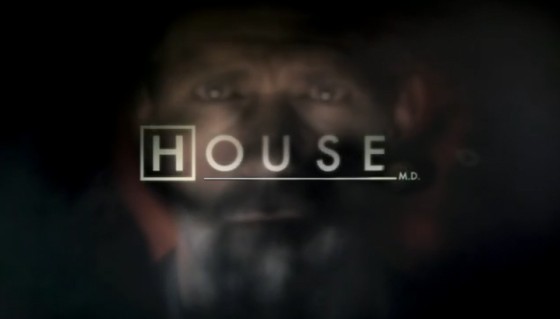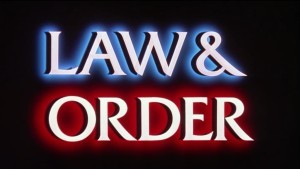Like films, television shows are well-known narrative devices that plenty of people subscribe to. In a more formal setting, presentations also share the need to relay its own core message through corporate storytelling, which engages the listener emotionally and physically.

There’s a lot you can learn about presentation structure just by observing how your favorite TV series play out. A great episode follows a focused structure that constantly keeps the audience engaged. There’s a logical sequence to how each event leads to the resolution of a specific conflict. While your presentations might not be in the same line as a procedural show, having a straightforward presentation structure is still good advice.
According to communications expert Nick Morgan, presentation structure may vary depending on the specifics of the message you’re delivering. However, it should always maintain a logical and orderly progression from one point to another. Your audience will feel lost otherwise.
Have you ever finished watching a TV episode that left you confused about what happened? That’s similar to how audiences feel when they walk out of a presentation that didn’t follow proper structure.
Try these three easy tips to make sure your presentation structure sends the message loud and clear:
1. Define your premise
 Most episodes of the medical drama House start by showing how a patient is first attacked by a mysterious disease that the main characters will later have to diagnose. It is able to portray a sense of urgency that keeps viewers interested to see how the rest of the episode will play out.
Most episodes of the medical drama House start by showing how a patient is first attacked by a mysterious disease that the main characters will later have to diagnose. It is able to portray a sense of urgency that keeps viewers interested to see how the rest of the episode will play out.
The same thing should be said about your presentation structure. In order to create the same effect, you need to start by clearly defining the premise and parameters of your presentation. This helps your audience know what to expect from your presentation. But while “Good morning, today we’re going to discuss X and how it affects Y and Z” is definitely clear, it sounds too stiff and typical. Try to entice their interest by using more creative methods, like posing a rhetorical question or providing a shocking fact or statistic.
2. Create conflict with a satisfying resolution
 The long-running procedural Law & Order follows a very specific structure in its episodes. After the police discover a crime scene, detectives set out to solve the mystery behind it. Later on, usually during the second half of the episode, prosecutors take the case to court.
The long-running procedural Law & Order follows a very specific structure in its episodes. After the police discover a crime scene, detectives set out to solve the mystery behind it. Later on, usually during the second half of the episode, prosecutors take the case to court.
In every episode, the viewers hope to see justice prevail. The show takes them there through a progression of scenes that slowly reveal the truth about the crime that was committed.
In the same way, each part of your presentation should be arranged in a way that answers or resolves your main query. All great stories need some sort of conflict to push the action forward. While your presentation won’t necessarily be about the battle between good and evil, it should be able to provide a solution to a specific problem. As you prepare your presentation, think about what you want your audience to remember. The main takeaway is the resolution of your presentation. The conflict is the current problem or issue that your main idea will address. Your presentation structure should take the audience from conflict to resolution in a progression of slides that offer details and information.
3. Leave them wanting more
 What compels you to watch episode after episode of House of Cards on Netflix? While a good episode can produce tension with an interesting point of conflict, it should also be able to urge viewers to ask, “What happens next?”
What compels you to watch episode after episode of House of Cards on Netflix? While a good episode can produce tension with an interesting point of conflict, it should also be able to urge viewers to ask, “What happens next?”
Similarly, you’ll know you’ve done your job as a presenter if you can move your audience into taking action. To do that, you need to end your presentation with as much strength as you started. End your presentation structure with a clear and specific call to action. It should leave your audience curious to learn more about the product you’re selling or the project you’re proposing. Think of it as your presentation’s cliff hanger. It’s the last statement you make to get your audience on your side.
—
Good ideas become great once they’re arranged in a logical and discernible sequence. Allow your message to stand out by following a straightforward presentation structure that your audience can easily follow.

Download free PowerPoint templates now.
Get professionally designed PowerPoint slides weekly.
Sign Up NowFeatured Image: Chris Brown via Flickr (CC BY-SA 2.0)
All TV title cards from Wikimedia Commons







